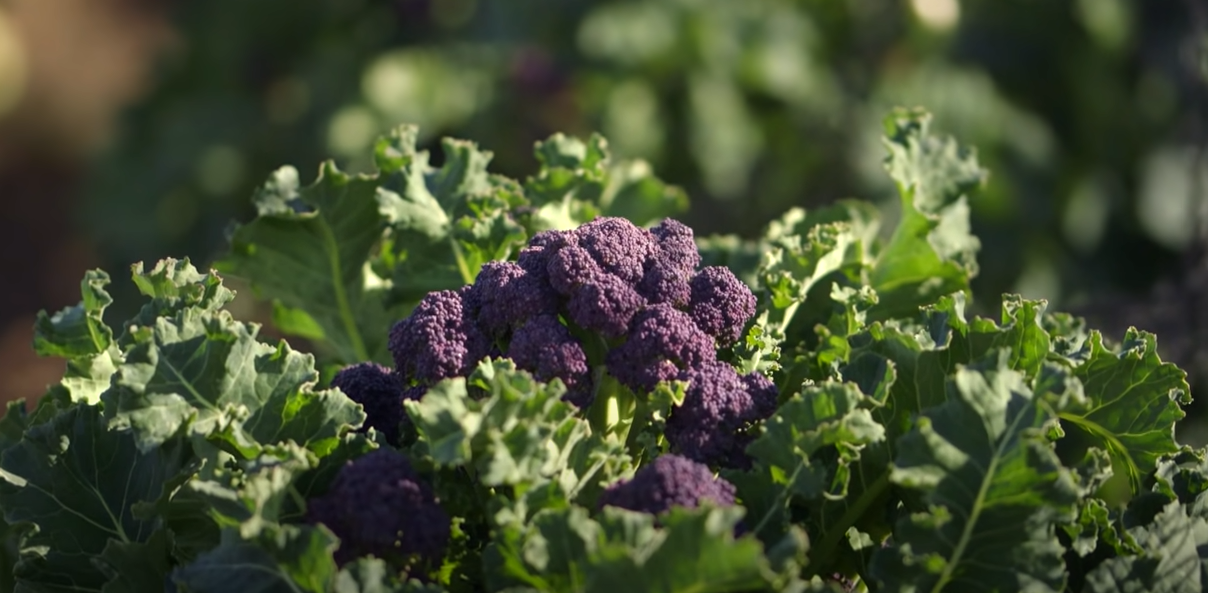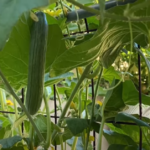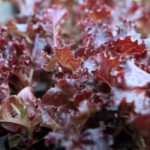Purple broccoli is a spring season type of gourmet broccoli cultivar distinct from traditional green sprouting broccoli which produces light purple to deep purple colored buds. Stems and leaves can also be purple or traditional green depending on variety. Purple sprouting broccoli has many varieties with the best considered varieties producing sweet flavored leaves and tender stems. Purple broccoli is a special crop because of its ability to overwinter which guarantees winter food production.
Table of Contents
What is Purple Broccoli?
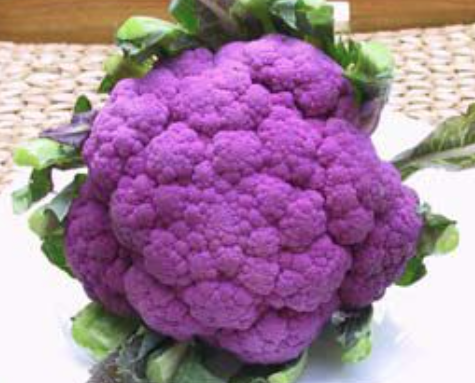
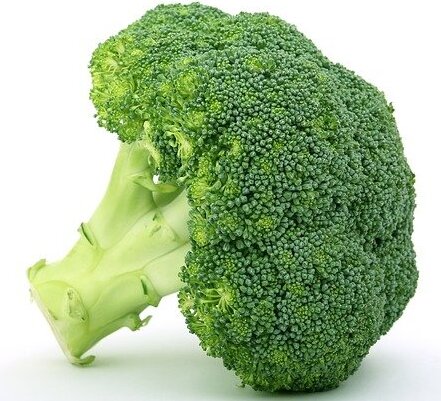
Purple broccoli is a broccoli variety of similar physiological make-up, save for pigmentation, to that of the more common traditional green broccoli. Purple sprouting broccoli is botanically designated Brassica oleracea. This is the same designation assigned to traditional green broccoli that many people are familiar with.
Both purple and green broccoli cultivars belong to the Brassicaceae or Cruciferae family along with cabbages, cauliflower and brussel sprouts among other popular cruciferous vegetables.
Questions have been asked, is purple broccoli natural? Purple broccoli is as natural as they come. It is simply a vegetable that is highly endowed with health beneficial antioxidants (see benefits section) just like berries and some basil flowers. The vegetable derives its deep purple pigmentation from bio-chemical compounds known as anthocyanins. These are the same compounds found in red and purple fruits, vegetables such as purple cabbage, purple eggplants, purple lettuce, beets.
Purple Broccoli Winter Hardiness
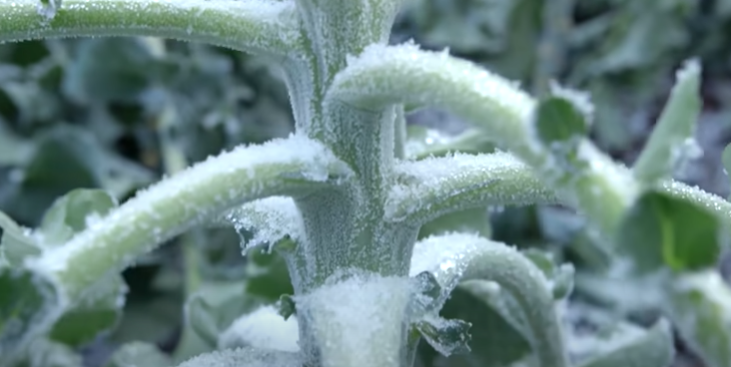
One of the most distinguishing factors of purple broccoli is its ability to overwinter. Going by the findings published in the Journal of Biomedicine and Biotechnology, the purple in purple broccoli attributed to anthocyanins may be the reason behind the vegetable’s ability to persevere in the face of harsh winter conditions by helping the plant to resist the obvious environmental stress.
Winter hardiness of the purple sprouting broccoli has been identified as critical to winter food production and fresh nutrition in many regions. During the cold winter months, purple sprout broccoli leaves that are mature can be harvested and eaten like kale.
Purple broccoli is frost hardy and can withstand temperatures as low as 34°F or -1°C or even lower. When frost is intense, the leaves and stems look droopy as shown above but rebound as it gets warmer in late winter and early spring.
A study carried out between 2014 and 2015 by Organic Seed Alliance (OSA) in partnership with Oregon State University and Washington State University, evaluated winter hardiness of some nine purple sprouting broccoli varieties. It was established that ‘Red Head’, ‘Red Fire’, and OSA 206 varieties were the most winter hardy purple broccoli types. In the trial, temperatures came down to 14°F or -10°C. Survivorship among trialed varieties ranged from 44% to 78%.
Certain purple broccoli varieties will necessarily require cultivation over winter to produce sprouts in late winter or early spring. The winter conditions are what triggers the budding in spring. Purple sprouting broccoli is typically planted in summer, let to overwinter and then harvested in late winter or early spring (see growing section). There are, however, newer early purple hybrid varieties that require much less time to bud.
Purple Broccoli Nutrition and Benefits
Purple sprouting broccoli is a nutritious vegetable with superior health benefits beyond just nutrition. According to the journal PeerJ, purple sprouting broccoli is a functional food supported by significant levels of anthocyanins found in the head, leaves and seeds. Furthermore, according to Colorado State University Extension, functional foods “provide health benefits beyond meeting basic nutrition needs”.
The Journal of Food Science published evidence supporting the conclusion that, compared to traditional green broccolis, purple broccolis have higher levels of vitamin C, phenolic compounds, and glucosinolates all of which are health supporting compounds in humans.
The water-soluble anthocyanin which also confers the red, blue, black or purple pigmentation in a variety of fruits and vegetables is what provides more than basic nutrition in purple broccoli. Whereas broccoli in general may be high in vitamins A and C, purple sprouting broccoli goes beyond this due to the present antioxidants which are anthocyanins.
Numerous studies have been conducted that support the superior health benefits conferred by red, blue, black and purple colored fruits and vegetables. For example, in 2004, the Journal of Biomedicine and Biotechnology argued that anthocyanins are more than nature’s colors, stating that demonstrable benefits of pigmented vegetables such as purple sprouting broccoli included the following:-
- Liver injury protection
- Blood pressure reduction
- Eyesight improvement
- Anti-inflammatory benefits
- Antimicrobial activities
- Inhibition of cell mutations
- Suppression of cancer cells
It can be noted that the actual benefits derived from anthocyanins as occurring in purple broccoli will depend on other important factors. This is to say, it is not given that all the stated benefits would be realized simply because of the presence of anthocyanins in the consumed purple sprouting broccoli vegetable. The level and concentration of anthocyanins, for example, will also play a role and so do other complex metabolic factors that exist in the human body.
Purple Broccoli Recipes
Is purple broccoli safe to eat?
Purple sprouting broccoli is primarily cultivated for culinary benefit as it is applied in a variety of recipe preparations. As already shown (see benefits section), not only is purple broccoli safe to eat but also highly nutritious with some superior health benefits consistent with a functional food.
Purple sprout broccoli is applicable in just about the same culinary applications as regular green broccoli that everyone is used to. Although grocery stores have tended to emphasize the head and downplay the stem by removing it, both are highly edible.
Does purple broccoli taste different?
Purple broccoli stems and leaves particularly taste different as they have a sweet flavor. This is one more reason why they should not be disposed of but equally used in recipes. The sweet flavor in the tender stems has been attributed to overwintering of the crop. It has been observed that the winter conditions cause the plant to release sugar content as frost protection.
The Recipes
The following are some scrumptious recipe ideas which utilize purple sprouting broccoli.
| Purple Sprouting Broccoli with Clementine and Chili Recipe – this easy to make recipe produces a side dish that serves up to 6. The purple broccoli is first boiled to become tender but crunchy before the stems are trimmed and the dressing added. Other ingredients that go into this recipe are Clementine citrus zest, juice, celery, dijon mustard, extra virgin oil, and some dried chili flakes. View Recipe. |
| Garlic-Sesame Purple Broccoli Recipe – this recipe takes a total of 20 minutes to make and produces 4 servings. As in the recipe above, the purple sprouting broccoli will be boiled first for a few minutes to make it tender. The broccoli will be later combined with the other ingredients which include toasted sesame oil, garlic, vegetable oil and sesame seeds which will be sprinkled before serving. View Recipe. |
| Vegetarian Purple Sprouting Broccoli Bruschetta Recipe – bruschetta is an Italian starter dish that typically consists of grilled bread rubbed with garlic and has topping variations which can range from tomatoes, beans, eggplant, cucumber, cured meat and vegetables. This recipe is a delicious variation utilizing roasted purple broccoli and hard boiled eggs as toppings. The roasted broccoli will produce an inviting nutty and earthy flavor. Other ingredients will include fresh basil, fresh parsley, and dijon mustard among others. This vegetarian bruschetta can ideally be served as a light lunch. View Recipe. |
| Purple Sprouting Broccoli Pasta Recipe – this recipe combines purple sprouting broccoli with good old pasta to create a filling pasta dish that serves 4. The dish can be served for lunch or dinner. Ingredients that go into the recipe include garlic, anchovy filets, parmesan cheese, olive oil and fresh red chili which is not too hot. If you want to avoid chilis altogether, the red chili can be replaced with a sweet pepper such as pimentos. Once ready, the dish is served immediately whilst hot. View Recipe. |
Purple Sprouting Broccoli Seeds
An increasing number of gardeners are looking to grow purple sprouting broccoli. As earlier mentioned, there are many purple broccoli varieties available for this purpose. Most seeds on the market today are hybrid varieties although there are some open-pollinated or heirloom varieties also available. If you wanted to save purple sprouting broccoli seed, you would need to use open-pollinated varieties.
As a rule of thumb, seed saving regardless of crop should be pursued using open-pollinated varieties instead of F1 hybrids which lose their best traits once replanted. There are also other complications such as cytoplasmic male sterility (CMS) which makes seed saving from certain hybrids virtually impossible.
Purple broccoli varieties available for planting are categorized into three main maturity categories namely early, mid, and late varieties. These categories designate production windows of some two months. Each of the three categories will produce two reliable harvests before the budding starts to wane.
The following is a list of some purple broccoli seed suppliers in North America.
- Isla’s Garden (Amazon) Purple Broccoli Heirloom Seeds
- Seeds Now Early Purple Broccoli Heirloom Seeds
- Johnny’s Seeds Burgundy Hybrid (F1) Broccoli Seeds
- Bakers Creek Early Purple Sprouting Broccoli Seeds
- Burpee Late Purple Broccoli Heirloom Seeds
- Territorial Seed Company Purple Broccoli Seeds
- Thompson & Morgan (UK) Early Purple Broccoli Seeds
How to Grow Purple Broccoli
As already established in this article, purple sprouting broccoli is planted in later summer. This allows it to overwinter and sprout later in winter or early spring. However, how the broccoli performs will be subject to the grower’s microclimate.
During the winter, mature leaves which typically taste sweet and flavourful are harvested and consumed like other leafy greens. This is one of the reasons purple sprouting broccoli is considered among winter food security crops.
Even so, the Organic Seed Alliance (OSA) has invested in extensive research to understand the cultivation of purple broccoli. The organization notes that a careful selection of purple sprouting broccoli plants that can survive winter is crucial. Transplanted plants must therefore be of the ideal size and stage to survive the winter.
As an example, for the Pacific Northwest (PNW), OSA found that the right plant size should be two-thirds to three-quarters of full maturity size of the broccoli plant. Furthermore, under these conditions, the recommended plant spacing is 18 inches or 46 cm in a row and 24 to 36 inches or 61 cm to 155 cm between rows. In addition, microclimate temperatures should not fall below 20°F or -6°C for best results.
To better understand the intricacies involved in growing purple broccoli, we highly recommend the eye opening guide by OSA titled Purple Sprouting Broccoli: A Guide to Growing for Fresh Market and Seed in the Pacific Northwest.
Harvesting Purple Sprouting Broccoli
Concerning harvest, the basic principles that apply to regular green broccoli also apply to purple broccoli harvesting. As mentioned, overwintering triggers the budding of the broccoli in late or early spring.
Harvest must be done before the buds get too open after which they will start losing color and proceed to seed. There is thus a perfect moment for harvesting purple broccoli which may not be found in a text book.
Nonetheless, growers seek to gradually become good at catching that perfect moment through gardening practice and experience.
Conclusion
Purple broccoli is a functional food and nutritious broccoli cultivar that has been gaining interest and trending over the years. The vegetable has a variety of recipe applications which produce scrumptious dishes. One of purple broccoli’s most outstanding characteristics is the ability to withstand stressful winter conditions. This ability of purple broccoli to overwinter has positioned it well as a spring vegetable, which provides much needed fresh nutrition as the winter season ends.
After all has been said and done, purple broccoli can be a challenging crop to grow. The right variety that can bear up against local frost conditions must be carefully selected over and above transplanting the plants at the right size and right time for best results.
Random But Good Reads:
